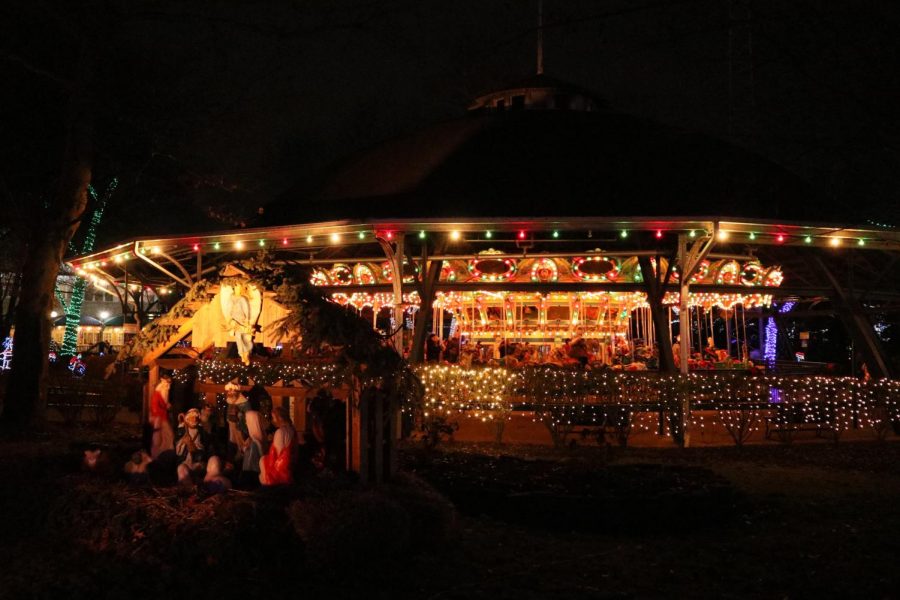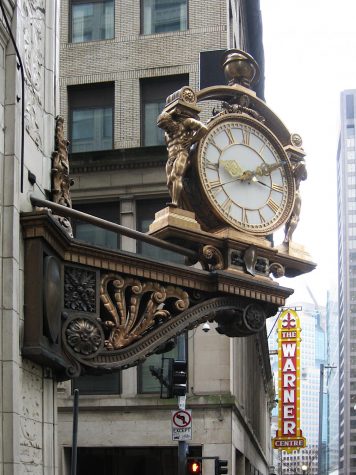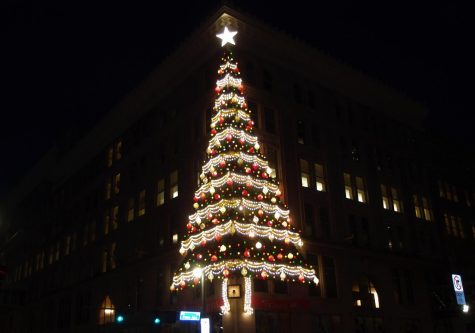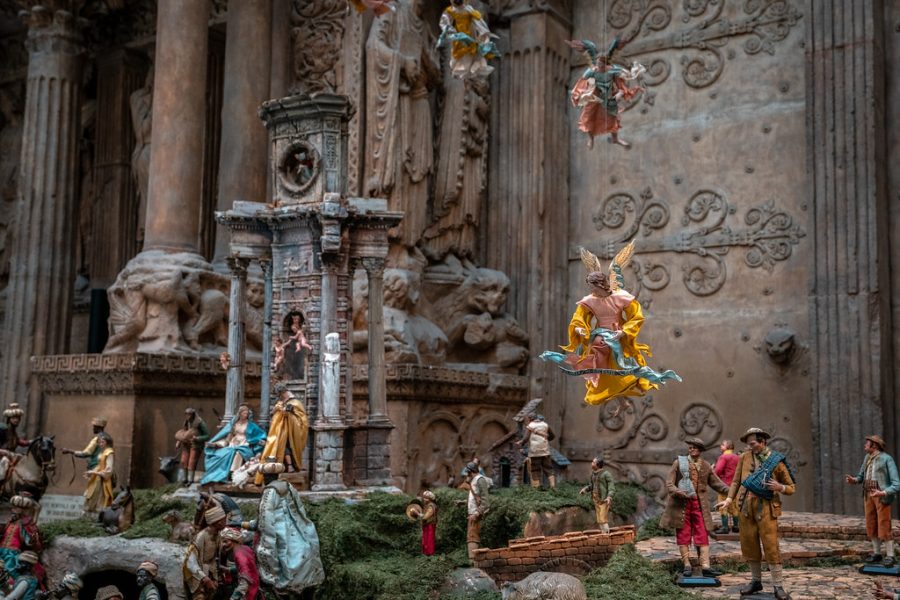Pittsburgh Christmas Traditions
Many cherished holiday memories come from the city’s oldest traditions.
The Neapolitan Presepio at the Carnegie Museum of Art in the Hall of Architecture
Many attributes of the holiday season are similar across the country, but every city also has unique holiday customs, and Pittsburgh is no different. While the city has some holiday traditions that were developed recently, others have remained constant across its history, connecting people to Pittsburgh’s Christmas seasons of years past.
Pittsburgh is home to several notable Nativity scenes, including the only authorized replica of the Nativity at Saint Peter’s Basilica, which can be found at the US Steel Plaza downtown. Impressive in scale, the tableau has been seen by thousands of Pittsburghers every year since 1999. Another famous Nativity scene is the Neapolitan Presepio at the Carnegie Museum of Art, first displayed in Pittsburgh in 1957. Handmade sometime between 1700 and 1830, the Presepio is a captivating example of Italian art, depicting 18th-century daily life in Naples in addition to the traditional Nativity scene.

The Winter Flower Show at Phipps Conservatory is also a popular holiday activity in Oakland. Phipps is home to intricate displays year-round, but during Christmas lights are added in the different greenhouses and throughout the grounds, creating a beautiful mix of greenery and Christmas lights. Phipps has put on a Winter Flower Show for decades, and during the past two decades it has become increasingly elaborate.
Hartwood Acres ended its stunning drive-through light show ten years ago, but there are still other places with large-scale light displays. Drive-through exhibits can be found in Butler and Greensburg, and Kennywood has put on Holiday Lights for about a decade now. A few rides are available; this year, the Jack Rabbit is open, marking the first time a major roller coaster has been open during winter at Kennywood.

The Miniature Railroad and Village at the Carnegie Science Center is now open year-round, but it got its start as a seasonal display — and to many people, miniature train layouts are important parts of Christmas. Begun as a simple hobby in the early 1900s by Charles Bowdish, by 1954 the miniature village had found a permanent home in the basement of the Buhl Planetarium on the North Side (now the Children’s Museum of Pittsburgh). When the Science Center opened in 1991, the layout found a permanent home on the museum’s second floor. With remarkable attention to detail and lots of moving figures, the village captures the wonder of the Christmas season year-round. A new model is added annually that is based on a famous local building, meaning that the historical display now also gives a snapshot of local history in itself.

A holiday shopping tradition that may now seem like only a myth is a visit to a large department store. None are left today, but Pittsburgh had four long-lasting department stores downtown. As an added attraction during the prosperous holiday shopping season, many stores created elaborate Christmas displays starting in the late 1800s. The best-known of the window displays were found at Kaufmann’s, known for its 13 floors of shopping, multiple restaurants, and iconic meeting spot. The building’s ornate clock at the corner of Fifth and Smithfield remains famous today, and “meet me under the Kaufmann’s clock” is still a popular phrase used by Pittsburghers.

Kaufmann’s was the region’s largest department store at its peak, with more than 59 locations. But following an acquisition by Macy’s, its flagship store closed in 2015, marking an end to more than a century-long tradition of downtown holiday shopping. The longtime window displays — along with a visit to Santa — are fondly remembered by those who grew up before the age of online shopping.
Today, the old Kaufmann’s has been transformed into a mixed-use development with more than 300 apartments, but stores will soon fill the bottom levels once again. Even though the 26 glass windows that once delighted so many people at Christmas now sit empty, plaques with the Kaufmann’s logo still hang between them, serving as reminders of Christmas seasons past.
The lighted tree near Point State Park is another downtown Pittsburgh landmark during Christmastime. Starting with some simple lights in 1953, the 100-foot tall tree was nicknamed the “Horne’s tree” after the department store that was once located in the building it hangs upon at the corner of Penn and Stanwix. Although Horne’s closed in 1994, the lighting of the tree — now owned by Highmark — continues as a highlight of Pittsburgh’s annual Light Up Night.
Though the time when everyone went downtown to shop has passed, for many Pittsburgh families, activities such as seeing the Horne’s tree or Miniature Railroad have remained a constant winter-time staple over the years, allowing memories to be shared across generations. But all activities — old and new — have made an important mark on Pittsburgh culture. Thanks to these treasured family traditions, the holiday season truly is special in Pittsburgh.

Years after editing and delivering the Carson Middle newspaper by himself, Andrew McLaughlin is excited to be Co-Editor-in-Chief of The Uproar. Always a fan of amusement park history, he has written for the magazine of the National Amusement Park Historical Association. He also volunteers at the Depreciation Lands Museum, a local living history museum. Andrew welcomes comments about his writing.


